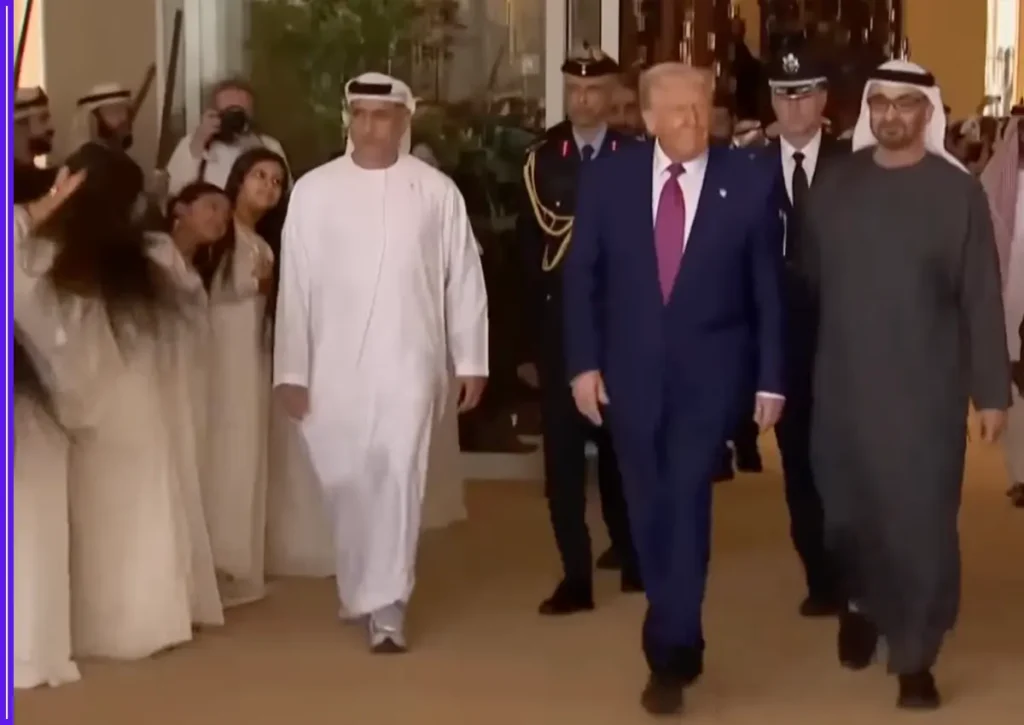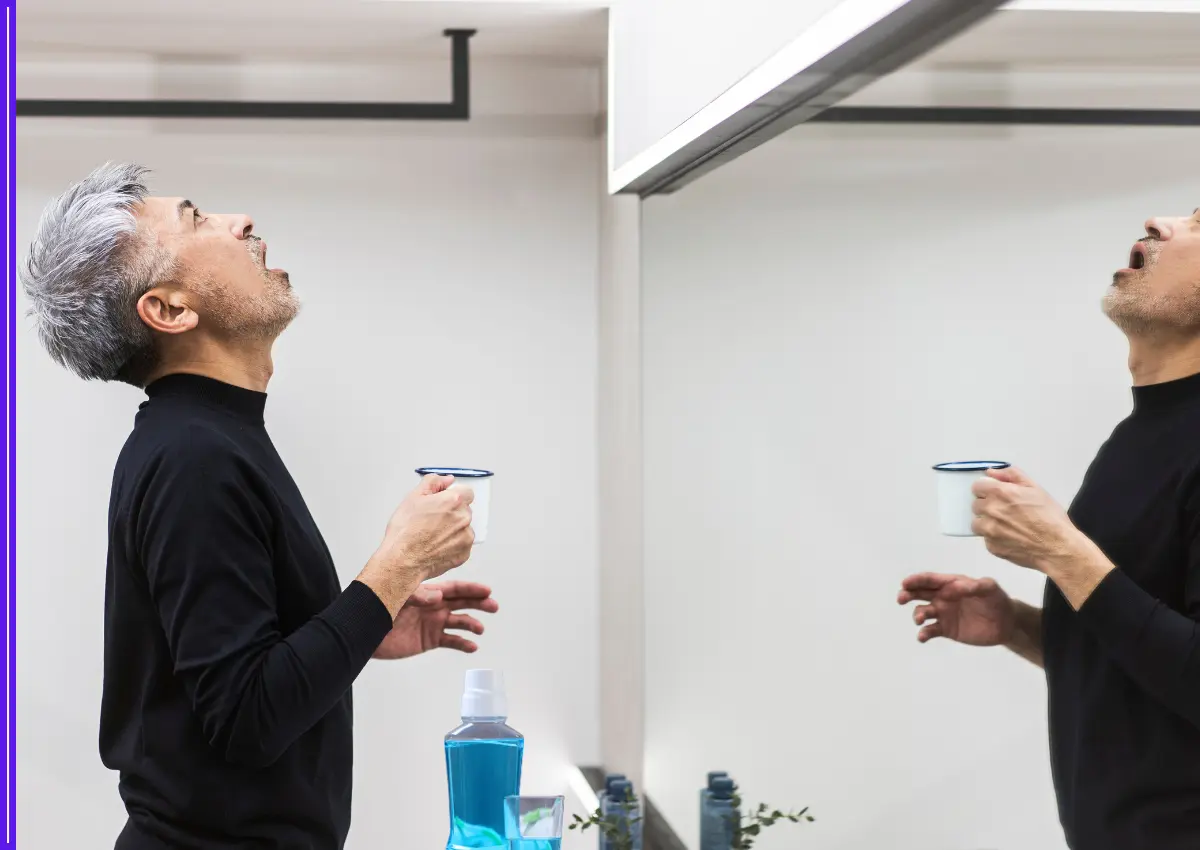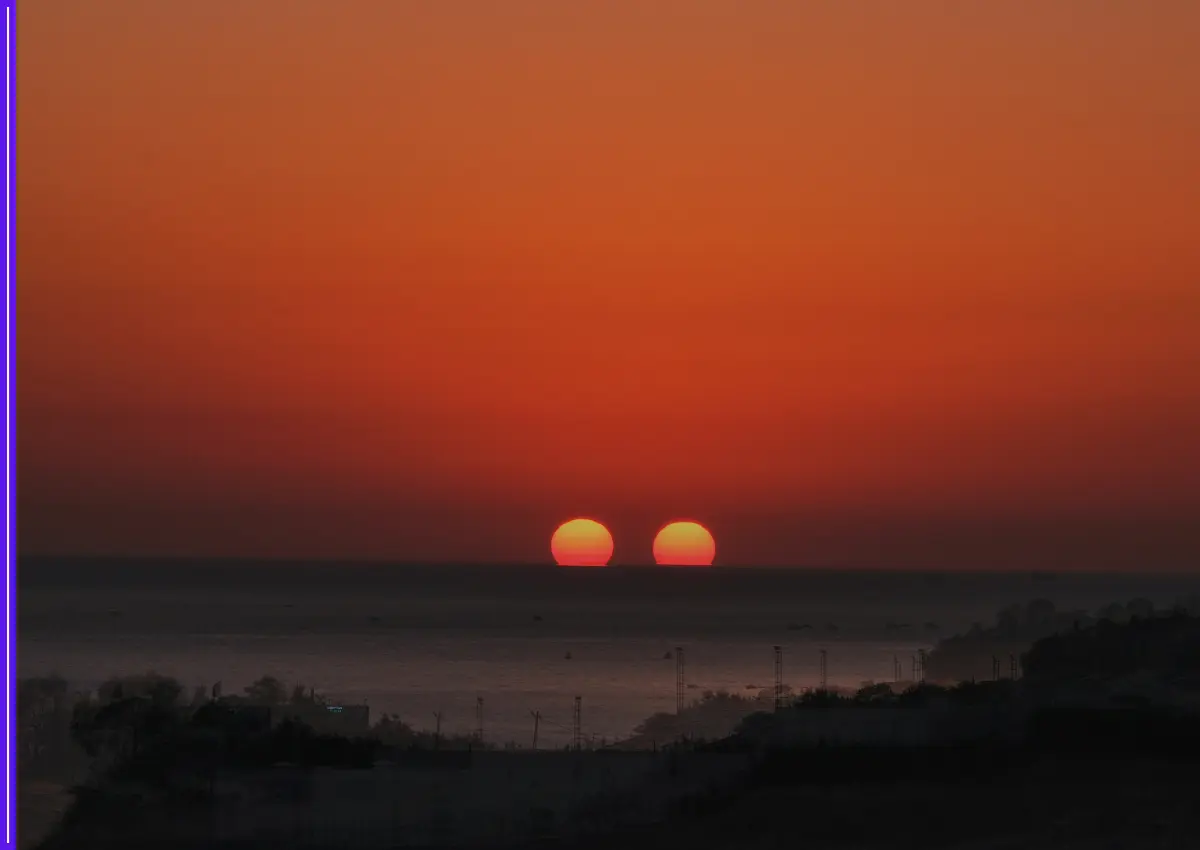During his recent visit to the United Arab Emirates, former U.S. President Donald Trump received a striking and uniquely Emirati welcome. As he arrived at the grand Qasr Al Watan presidential palace in Abu Dhabi, a group of traditionally dressed women performed a dramatic dance that caught global attention — flipping their long hair in rhythm with the pounding of ceremonial drums.
The performance wasn’t just a visual spectacle; it was a modern take on Al-Ayyala, a cherished Gulf tradition often performed during national celebrations and weddings. The art form, which involves rows of men chanting and carrying replica swords to simulate a battle scene, was enhanced this time with synchronized female performers — a move seen as both a nod to inclusivity and a display of evolving cultural expression in the UAE.

“I love it! What a beautiful city,” Trump reportedly exclaimed as he watched the performance unfold.
The UAE’s hospitality was part of a broader effort by Gulf countries — including Saudi Arabia and Qatar — to roll out the red carpet during Trump’s multi-nation Middle East tour. In Riyadh, he was honored with a 21-gun salute. In Doha, red Tesla Cybertrucks led his motorcade. But it was the UAE’s hair-flipping dancers who stole the spotlight online, with clips of the performance going viral for their blend of tradition and flair.
More than just pageantry, Trump’s visit carried significant diplomatic and economic weight. According to officials, the tour resulted in over $1 trillion in investment commitments from the Gulf region — a figure that underscores the strategic importance of U.S.-Gulf relations.
What made this particular cultural moment stand out was how it showcased the UAE’s commitment to honoring its heritage while embracing modernity. Unlike some of its neighbors, the UAE does not require women to cover their hair, allowing performers to engage fully in expressive, public art.
As Trump concluded his tour in Abu Dhabi, the hair-flipping welcome wasn’t just a photo opportunity — it was a message. A message about identity, transformation, and how tradition can adapt to the times without losing its essence.









